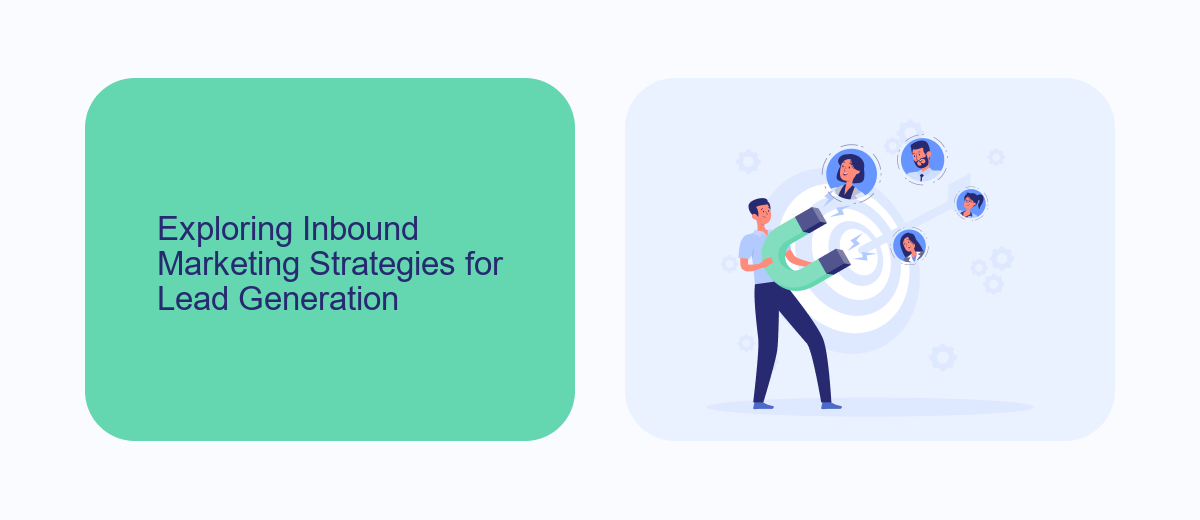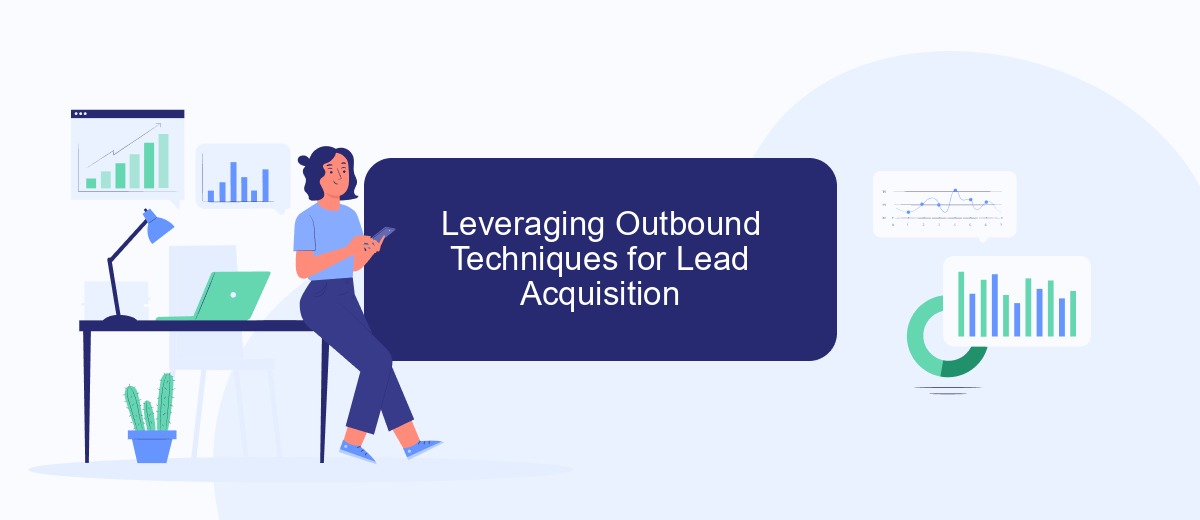Lead generation is a crucial aspect of any successful business strategy, as it helps in identifying and attracting potential customers. With a variety of sources available, businesses can tailor their approach to suit their target audience. This article explores different sources of lead generation, highlighting both traditional methods and innovative digital strategies that can enhance customer acquisition and drive growth.
Understanding Lead Generation and its Importance
Lead generation is a critical component of any successful marketing strategy. It involves attracting and converting potential customers into leads, who have expressed interest in a company's products or services. This process is essential for businesses to grow their customer base and increase revenue. By understanding the needs and preferences of their target audience, companies can tailor their marketing efforts to effectively capture and nurture leads.
- Increased sales opportunities: More leads mean more potential sales.
- Improved brand awareness: Effective lead generation strategies increase visibility.
- Better targeting: Helps in focusing marketing efforts on interested prospects.
- Cost efficiency: Reduces marketing costs by focusing on high-potential leads.
The importance of lead generation cannot be overstated, as it directly impacts a company's growth and sustainability. By implementing effective lead generation strategies, businesses can ensure a steady stream of potential customers, ultimately leading to higher conversion rates and increased profitability. In today's competitive market, understanding and leveraging lead generation is crucial for maintaining a competitive edge and achieving long-term success.
Exploring Inbound Marketing Strategies for Lead Generation

Inbound marketing strategies focus on attracting potential customers through valuable content and experiences tailored to their needs. This approach leverages various channels such as blogs, social media, and search engines to draw prospects in, rather than pushing messages out. By creating engaging, informative content that addresses the pain points and interests of the target audience, businesses can naturally attract leads who are already interested in their products or services. This method not only generates leads but also builds trust and establishes a brand as a thought leader in its industry.
One effective way to enhance inbound marketing efforts is by integrating automation tools that streamline lead management and follow-up processes. Services like SaveMyLeads can be instrumental in this regard, as they allow businesses to automatically capture and transfer lead information from various platforms into their CRM systems. This ensures that no potential lead is overlooked and enables timely and personalized communication. By utilizing such integrations, companies can focus more on nurturing relationships and converting leads into loyal customers, ultimately driving sustainable business growth.
Leveraging Outbound Techniques for Lead Acquisition

Outbound lead generation techniques involve proactively reaching out to potential customers rather than waiting for them to find you. These strategies can be highly effective in expanding your customer base and increasing brand awareness. By leveraging outbound methods, businesses can directly target specific audiences and engage them with tailored messaging.
- Cold Calling: Engage potential clients directly via phone calls to introduce your products or services.
- Email Outreach: Send personalized emails to prospects to nurture relationships and present offers.
- Direct Mail: Use physical mailers to capture attention and stand out in a digital-heavy environment.
- Networking Events: Attend industry events to connect with potential leads face-to-face and establish rapport.
- Social Media Engagement: Actively participate in social media platforms to reach out to potential leads and initiate conversations.
While outbound techniques require more effort and resources, they can yield significant results when executed effectively. By combining these methods with inbound strategies, businesses can create a comprehensive lead generation plan that maximizes their reach and conversion potential. Consistent follow-up and personalization are key to ensuring these techniques are successful in acquiring valuable leads.
Utilizing Digital Channels for Lead Generation Success

In today's digital age, leveraging online channels is crucial for successful lead generation. Businesses can reach a wider audience, engage potential customers, and convert leads more effectively through various digital platforms. By understanding the unique advantages of each channel, companies can tailor their strategies to maximize lead generation outcomes.
Social media platforms like Facebook, LinkedIn, and Instagram offer unparalleled opportunities for businesses to connect with their target audience. These platforms not only allow for direct interaction but also enable companies to gather valuable data and insights about potential customers. Additionally, search engine optimization (SEO) and pay-per-click (PPC) advertising are powerful tools for driving traffic and generating leads through search engines.
- Utilize social media for targeted engagement and brand awareness.
- Implement SEO strategies to improve organic search visibility.
- Leverage PPC campaigns for immediate lead generation results.
- Incorporate email marketing to nurture and convert leads.
By integrating these digital channels into a cohesive lead generation strategy, businesses can enhance their ability to attract and convert potential customers. Continuous analysis and optimization of these channels will ensure that companies remain competitive and successful in their lead generation efforts.


Measuring and Optimizing Lead Generation Efforts
Measuring the effectiveness of lead generation efforts is crucial for optimizing marketing strategies. Key performance indicators (KPIs) such as conversion rates, cost per lead, and lead quality should be regularly assessed to gauge success. Utilizing analytics tools can provide insights into which channels are most effective, allowing businesses to allocate resources more efficiently. A/B testing different approaches can also reveal which tactics resonate best with the target audience, leading to more refined and successful lead generation campaigns.
Optimizing lead generation involves not only analyzing data but also streamlining processes through integration and automation. Services like SaveMyLeads can be instrumental in this regard, offering seamless integration with various platforms to automate lead data collection and management. By connecting CRM systems and marketing tools, businesses can ensure that leads are captured and nurtured efficiently, reducing manual effort and minimizing the risk of lost opportunities. Continuous monitoring and adjustment of strategies based on performance data are essential to maintaining a competitive edge in lead generation.
FAQ
What are the most effective sources of lead generation?
How can I automate my lead generation process?
What role does content marketing play in lead generation?
How important is social media in generating leads?
What are the benefits of integrating lead generation tools with CRM systems?
SaveMyLeads is a simple and effective service that will help you automate routine tasks and optimize business processes. Stop wasting time uploading leads from Facebook manually – you can do it automatically, saving a lot of time and money. Eliminate routine from workflows and achieve more with minimal investment of money, effort and human resources.
